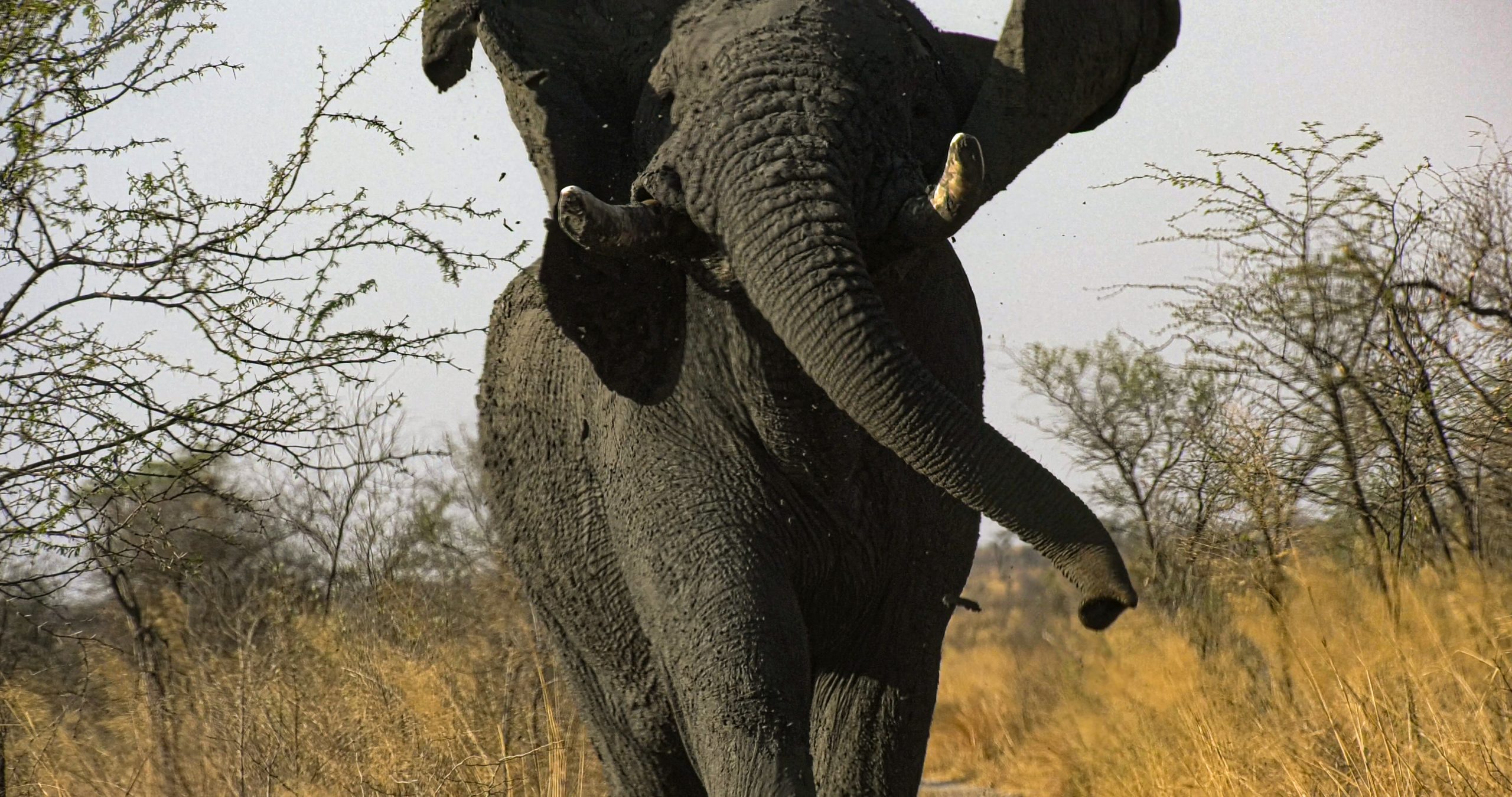The Botswana Environment Statistics Wildlife Digest 2014 reported that the results of an elephant census carried out by the Department of Wildlife and National Parks (DWNP) in 2003 showed the number to be around 109 500. In 2004 it was 151 000 and in 2012, 207 500.
In a 2008 paper written as a submission for her doctorate (under the supervision of Professor Rudi van Aarde who unashamedly admits to being funded by the animal rights group the International Fund for Animal Welfare, IFAW) Jessica Junker contends that between 200 000 and 400 000 may have lived in Botswana at the beginning of the 19th century. One has to wonder how 1 000-year-old baobabs could have survived the onslaught that many elephants given the present sorry state of the tree species.
Accepting a 2008 figure of 156 000 elephants, she surmised that numbers had stabilized.
A 2010 aerial survey carried out by Elephants Without Borders (EWB) covering some 73 478 sq. km showed that its elephant population in 2010 was estimated to be 128 000. The next survey in 2014 was part of the Great Elephant Census, which was an attempt to establish elephant numbers across Africa. 129 939 was the estimated population over an extended range of 98 425 sq. km. The 2018 census covered an even larger area of 103 662 sq. km and revealed 130 000. These figures certainly seem to reveal a stabilizing elephant population even as the species’ range expanded.
If Botswana was indeed providing refuge from safari hunting in Zimbabwe and Namibia and poaching in Zambia and Angola (as the animal rights activists would have us believe) that alone would surely have affected the elephant numbers?
So, what is the magic number that shows a stabilizing elephant population in Botswana? Is it Junker’s figure of 156 000 in 2008, EWB’s 2018 number of 130 000 or should it be closer to Junker’s claim of 400 000 at the beginning of the 19th century?
The 2016 IUCN African Elephant Status Report showed concern: “Although a new total of 129,939 ± 12,501 from the Great Elephant Census in 2014 (Chase et al., 2015) has been included in the AED, this result raises questions with respect to the 2010 and 2012 surveys. It indicates no significant change since 2010 although a population that shows no evidence of serious poaching, excessive natural mortality or high levels of net emigration would be expected to show some increase. Compared to the 2012 survey results, the 2014 estimate would indicate a marked decline that is unlikely in the absence of any other indicators.”
The 2018 numbers would undoubtedly have been even more disconcerting for the IUCN.
It is widely accepted that a 5% per annum elephant population increase is not unusual under normal conditions. There is no evidence of abnormal conditions. Even if a figure of 2% is used, the population would have increased from 128 000 in 2010 to around 150 000 in 2018.
The 2018 EWB report may well have been peer-reviewed by several impressive professionals, but things just don’t seem to add up.


